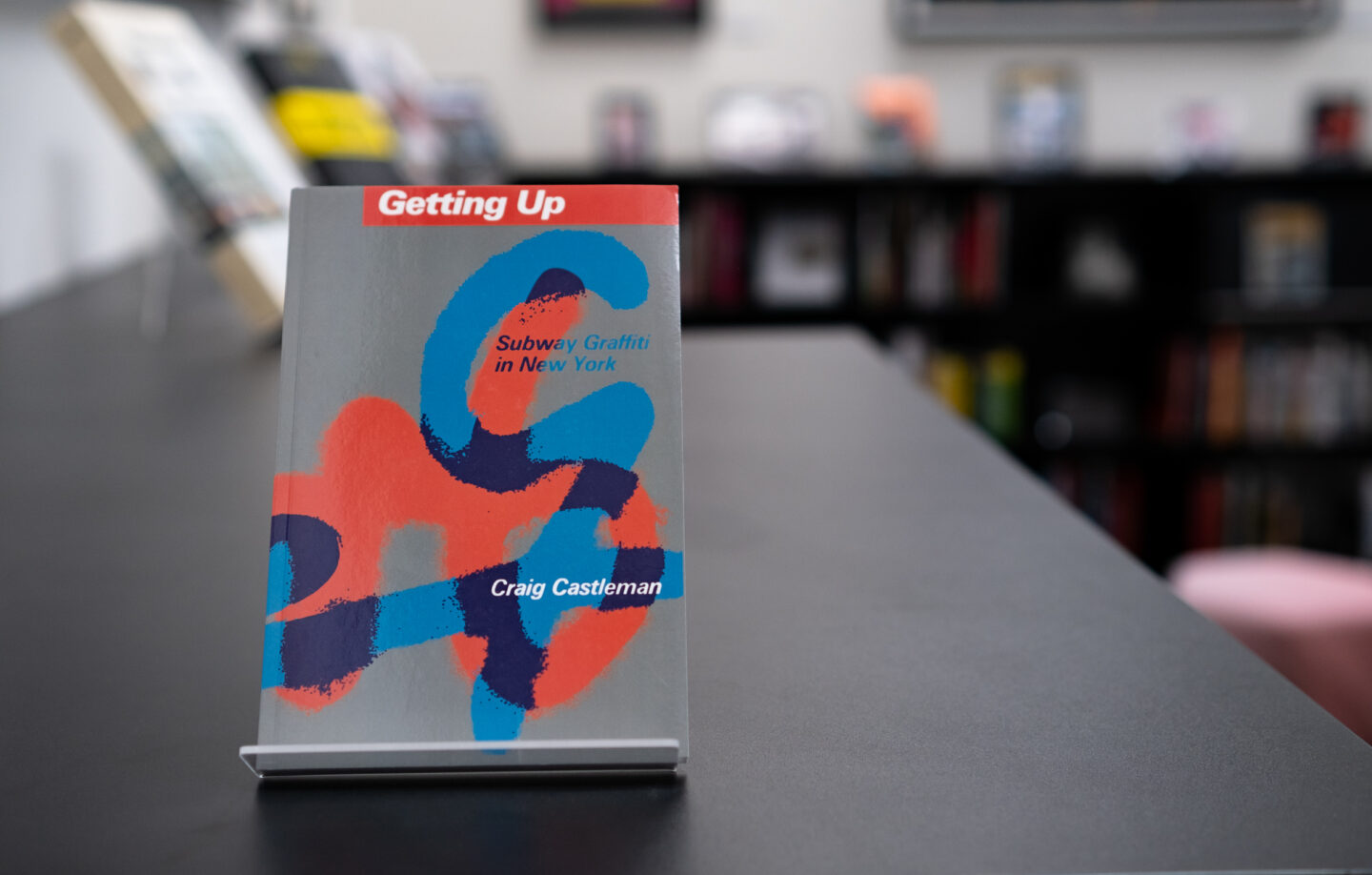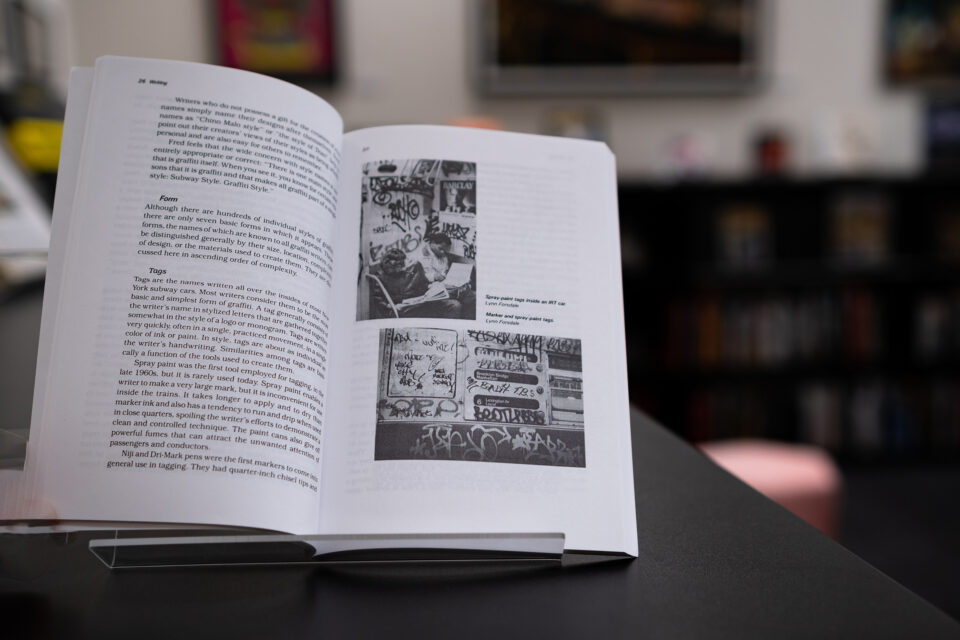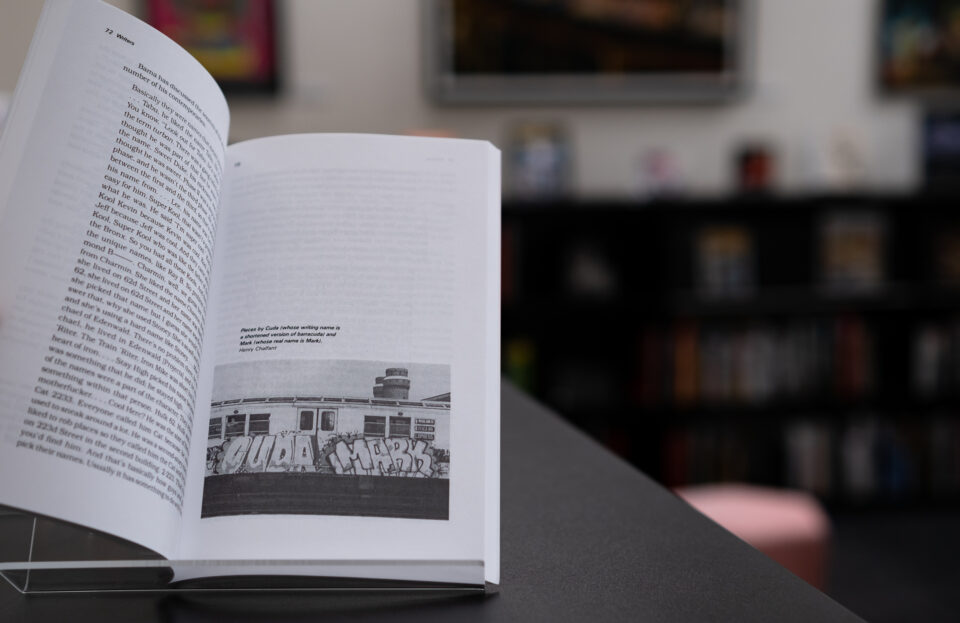
Books in the MCL: Craig Castleman. Getting Up. Subway Graffiti in New York
- May 8, 2022
Getting Up. Subway Graffiti in New York – Craig Castleman, 1982
While teaching at the High School of Art and Design in Manhattan in the late 1970s, Craig Castleman helped his students produce a booklet (NASTY STUFF) on their favourite subject: graffiti on the New York subway. Inspired by the work on this topic, which was new to him, Castleman spent the following years investigating the phenomenon more closely.
The result is his 1982 dissertation “Getting Up. Subway Graffiti in New York.”.

Along with Andrea Nelli’s “Graffiti a New York“, this volume is one of the first ever scholarly publications on the subject. In nine comprehensive chapters, Castleman provides detailed insights into the history, motivations, experiences and approaches of New York’s sprayers. In this way, he illuminates the system in which the writers move, which is often difficult for outsiders to comprehend. Not only are the various forms of graffiti analysed, but the hierarchies, rules and behaviour within the scene are also explained.

The antagonists, such as the MTA (Metro Transit Authority), police and politics, and their various approaches and projects for containment, are also found in Getting Up. In addition, Castleman introduces organisations such as NOGA (Nation of Graffiti Artists) and UGA (United Graffiti Artists), which tried to introduce writers to the art market with canvas works and gallery shows.

The antagonists, such as the MTA (Metro Transit Authority), police and politics, and their various a
While in particular the European research literature on graffiti over- and misinterprets the phenomenon as a rebellious uprising of economically, socially and politically marginalised youth, Getting Up is considered a universally valid standard work on the subject even today due to its purely descriptive and analytical description of writing.
While the phenomenon gets romanticized particularly in European research by over- and misinterpreting graffiti as a rebellious uprising of economically, socially and politically marginalised youth, Getting Up is considered a universally valid standard work on the subject even today due to its purely descriptive and analytical description of writing.
Text Sascha Blasche Fotos Sebastian Kläbsch